- Home
- Military & Defense
- 24 cultural icons who served in the US military
24 cultural icons who served in the US military
Comedian Drew Carey started performing stand-up comedy during his six years in the Marines.

Hugh Hefner got his start in publishing while in the US Army.
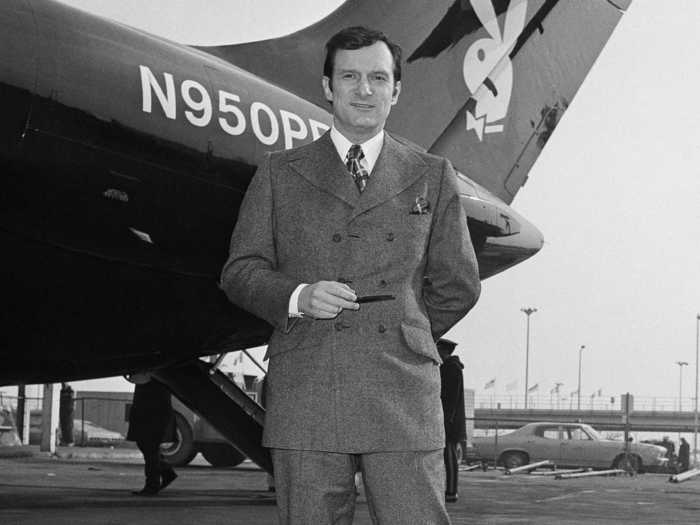
Before Playboy existed, Hefner had a successful career in the military.
In 1944, after graduating high school, Hefner enlisted in the Army as an infantry clerk.
He frequently contributed cartoons for various military newspapers before he was discharged in 1946.
Bea Arthur was a typist and truck driver in the Marines.
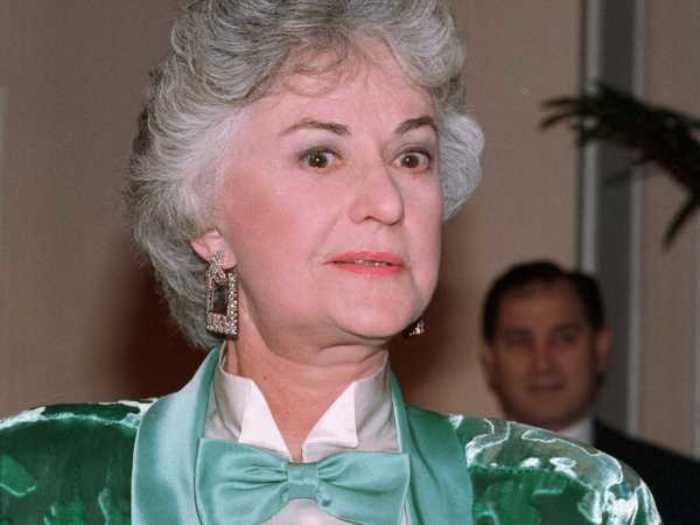
Before she landed a lead role in "Golden Girls," Bea Arthur served in the Marine Corps.
Though she once flat-out denied it, The Smoking Gun dug up files proving the actress had served 30 months in the Marines as a typist and truck driver.
According to a personal account detailing her reasons for joining, a then 21-year-old Arthur said she "heard ... that enlistments for women in the Marines were open, so decided the only thing to do was to join."
On a personality-appraisal sheet, Arthur was described as both argumentative and frank.
She was initially a typist in Washington D.C., and was then sent to air stations in Virginia and North Carolina. Arthur was honorably discharged in 1945 with the title of staff sergeant.
Chuck Norris was introduced to martial arts during his military stint in South Korea.
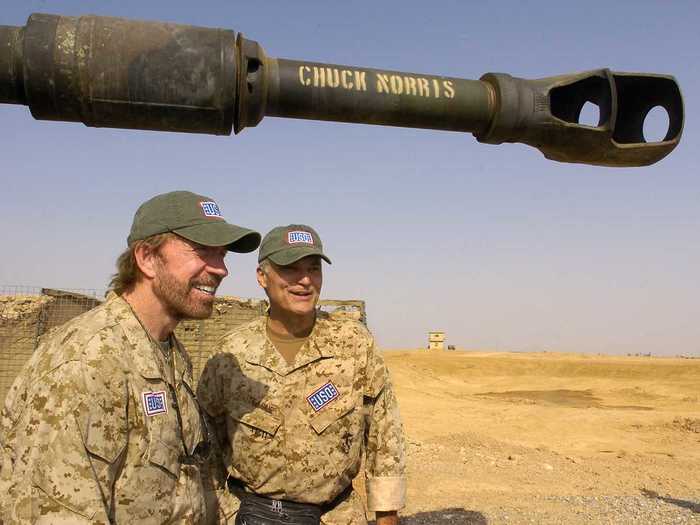
Television star and martial-arts professional Chuck Norris joined the US Air Force in 1958, and served as an Air Policeman in South Korea.
In "The Official Chuck Norris Fact Book: 101 of Chuck's Favorite Facts and Stories," Norris recounts a time in South Korea when he saw locals practicing martial arts.
Norris, who had broken his shoulder a week into training, was on a walk when he observed villagers executing spinning heel kicks and other moves.
"I was mesmerized by their incredible ability. I wanted to ask them what they were doing, but they looked very intense," he said. "So I returned to the base and described what I had seen to my judo instructor, Master Ahn. He said it was called Tang Soo Do. I told him that I'd love to try it, since I couldn't do judo with my injured shoulder."
By the time he left Korea, Norris had his black belt in Tang Soo Do and brown belt in judo.
Jesse Ventura was a Navy SEAL.
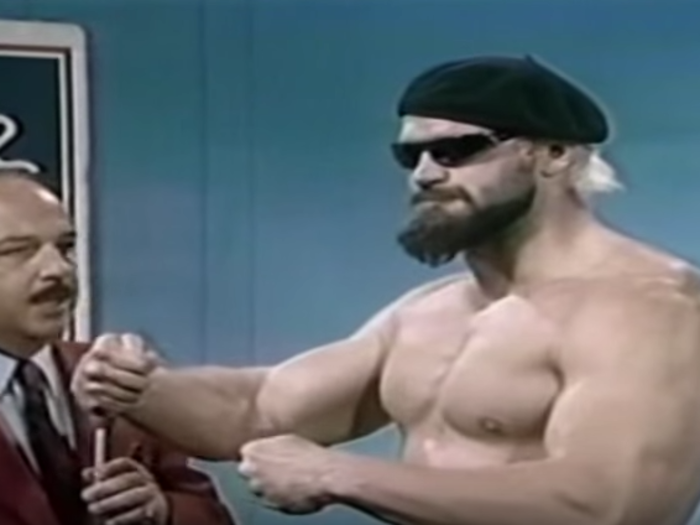
Before he became known for promoting conspiracy theories about the September 11 attacks and successfully suing the widow of "American sniper" Chris Kyle, Jesse Ventura was a professional wrestler, actor, and governor of Minnesota.
And before all of that, he was a Navy SEAL, and a member of Underwater Demolition Team 12.
Johnny Carson entertained fellow troops with magic acts during World War II.
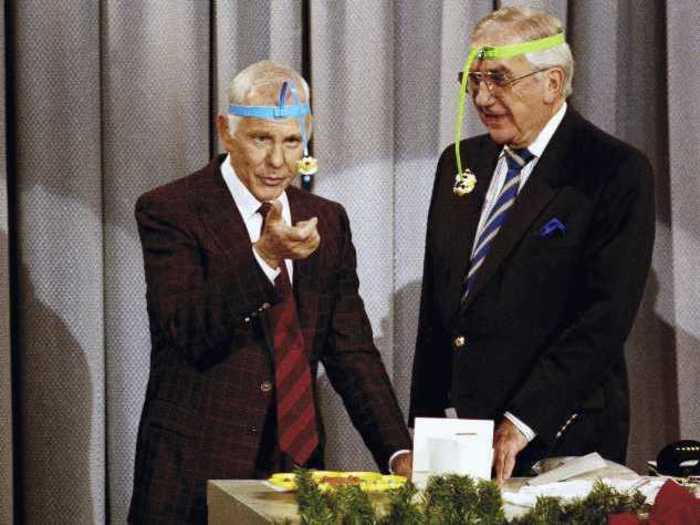
The future television host and comedian joined the US Navy in 1943, starting as an apprentice shipman and eventually becoming a midshipman assigned to the USS Pennsylvania in the Pacific Ocean.
The then 20-year-old entertained his fellow sailors with magic and comedy while aboard the ship.
Carson briefly continued his military career as a communications officer in charge of decoding encrypted messages.
Ice-T served in the Army for four years after selling drugs on the streets of LA.

After high school, Tracy Lauren Marrow — aka Ice-T — found himself without many opportunities, often dealing drugs on the streets of Los Angeles to support himself.
"And when I had my daughter I was like, man, I'm going to go to jail, I got to do something, and I went to an enlistment office," he told NPR.
Ice-T then spent four years in the 25th Infantry Division at the Tropic Lightning Schofield Barracks in Hawaii.
After being expelled from college, Mr. T excelled while serving in the US Army.
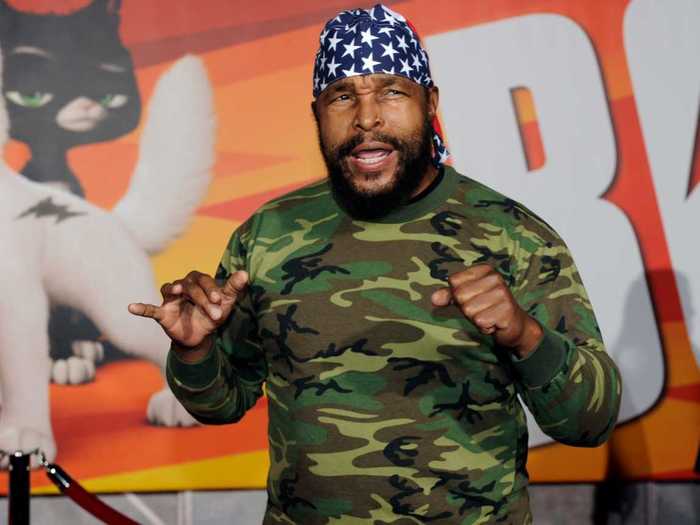
Mr. T (Laurence Tureaud) became a military policeman in the Army after getting expelled from college.
In 1975, a drill sergeant awarded Tureaud a letter of recommendation.
The future "The A-Team" actor was also elected "Top Trainee of the Cycle" and later promoted to squad leader.
Elvis Presley was already a huge rock star when he was deployed to Germany.
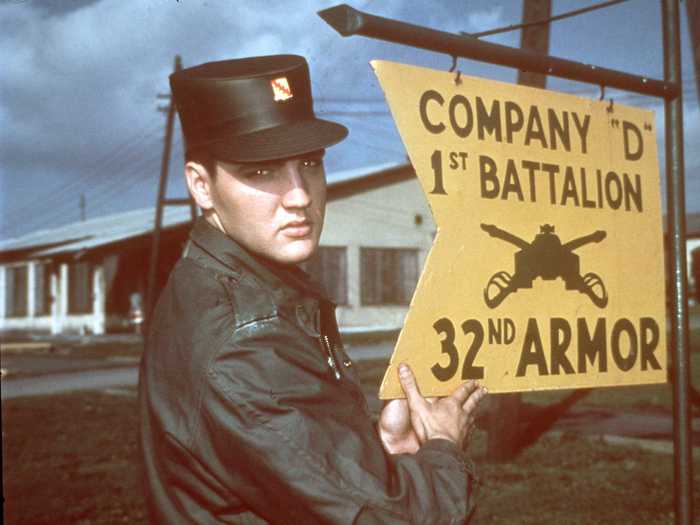
Elvis Presley was drafted in December 1957, and entered into the US Army in March 1958 — two years after his songs "Hound Dog" and "Heartbreak Hotel" hit the airwaves and turned an unknown Mississippi singer into America's king of rock and roll.
“The Army can do anything it wants with me,” he said. “Millions of other guys have been drafted, and I don’t want to be different from anyone else.”
Presley was stationed in Fort Hood, Texas, before being deployed to the 1st Medium Tank Battalion, 32nd Armor in Friedberg, Germany. It was there that he met his future wife, Priscilla Beaulieu.
Elvis was honorably discharged in 1960.
Take a look at some footage of Elvis's deployment here.
Roberto Clemente is in the Marine Corps Sports Hall of Fame, too.
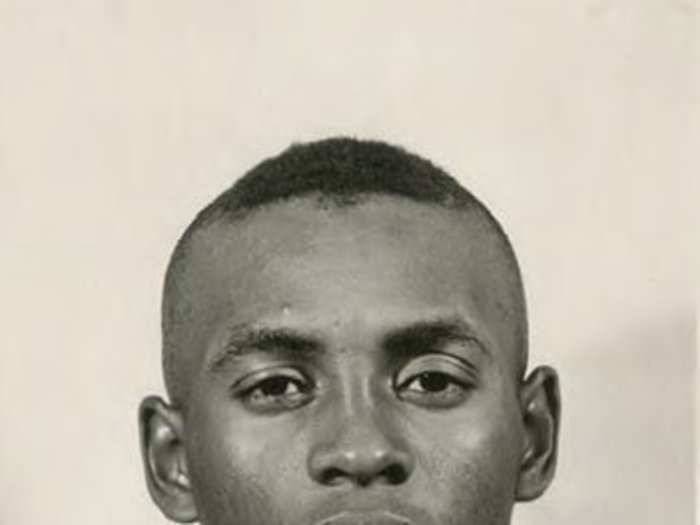
One of the greatest hitters of the 1960s, the Pirates great enlisted in the Marine Corps in 1958. He spent six months on active duty by remained in the Corps until 1964.
Clemente, who earned his 3,000th hit in what would become the last plate appearance of his career, was killed in a plane crash while helping to deliver relief supplies to earthquake victims in Nicaragua in December 1972.
The Baseball Writers of America waived the five-year eligibility requirement for Hall of Fame induction for Clemente, who entered Cooperstown in 1973. He would also be elected to the Marine Corps' Sports Hall of Fame 30 years later.
Ted Williams flew dozens of combat missions in Korea.
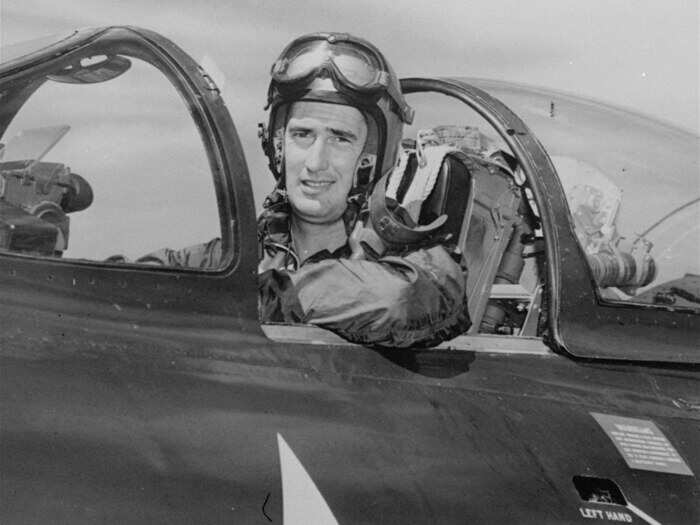
The Red Sox left fielder is one of the greatest players in baseball history, a 19-time All Star and the last player to finish a season with a .400 batting average or higher.
He also interrupted his career twice to serve in the military. In 1942, he voluntarily enlisted in the Marine Corps after getting an earlier draft deferment. He didn't see any combat during three years of service during World War II, but when he was called to reserve duty during the Korean War in 1952, he flew 39 combat missions as a Marine Corps pilot.
As one sportswriter put it, the Hall of Famer "was as a good a marine as he was a ballplayer."
Maynard James Keenan was once headed for West Point.
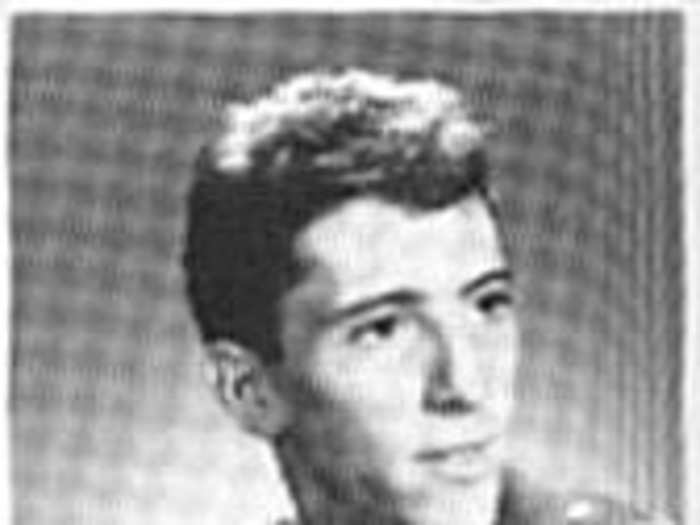
Before his long-form experimental rock band sold 12 million albums and garnered an obsessive worldwide following, the Tool front man was an Army enlistee hoping to get through art school on the GI Bill.
He distinguished himself enough to make it into West Point's preparatory school and was even offered a spot in the prestigious US Military Academy — something that would have all but secured him a long, successful career in the armed forces.
Keenan turned it down. He finished out his enlistment, but songs like "Intolerance" — supposedly written about his time at West Point — betray a personal discomfort with military life as well.
Montel Williams served in the US Navy Reserve for 22 years.
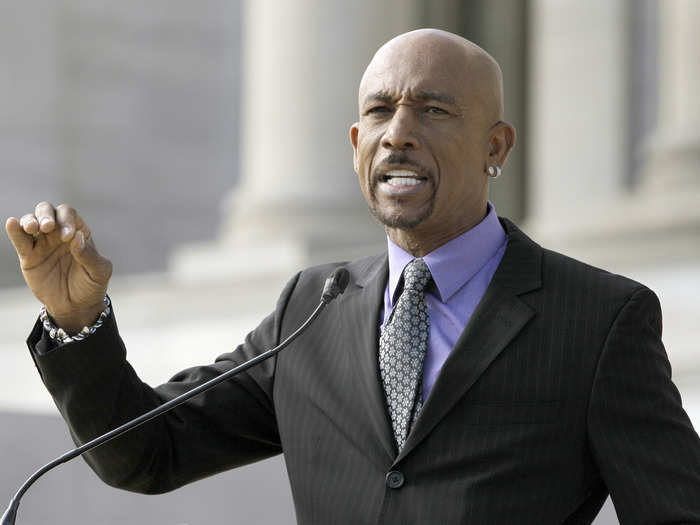
Montel Williams enlisted in the US Marines Corps in 1974. Then, after graduating the US Naval Academy in Annapolis, he was appointed as a midshipman in the Navy.
Williams served as a cryptology officer for naval intelligence in Guam, and in 1983 was transferred to the National Security Agency in Maryland. It was there that the then lieutenant first began counseling his team and servicemen's families, a service that paved the way to further public speaking and "The Montel Williams Show."
By the time Williams left the Navy, he had received the Navy Achievement Medal, the Meritorious Service Medal, and the Navy Commendation Medal.
Montel continued to support sailors, marines, and their families throughout his two decades on television, and was awarded The Department of the Navy Superior Public Service Award in 2008.
Thomas Pynchon served in the Navy.
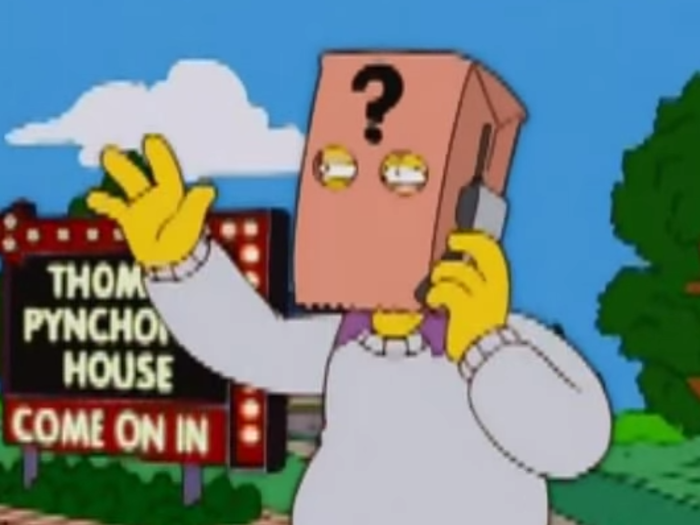
Considering his monumental importance to American literature, little is actually known about Pynchon, who refuses to be photographed and doesn't grant interviews.
One of the only confirmed photos of the author of such celebrated doorstops as "Gravity's Rainbow" and "Mason & Dixon" is from his two-year stint in the US Navy, which came in the middle of his four years at Cornell University in the late 1950s.
Pynchon's time in the Navy is evident in many of his major works: "V." follows the misadventures of a recently discharged Navy sailor in early 1960s New York. "Gravity's Rainbow," which takes place in World War II Europe and revolves around Nazi Germany's V-2 missile program, is rife with military-related themes and characters.
Kurt Vonnegut was a prisoner of war during World War II.
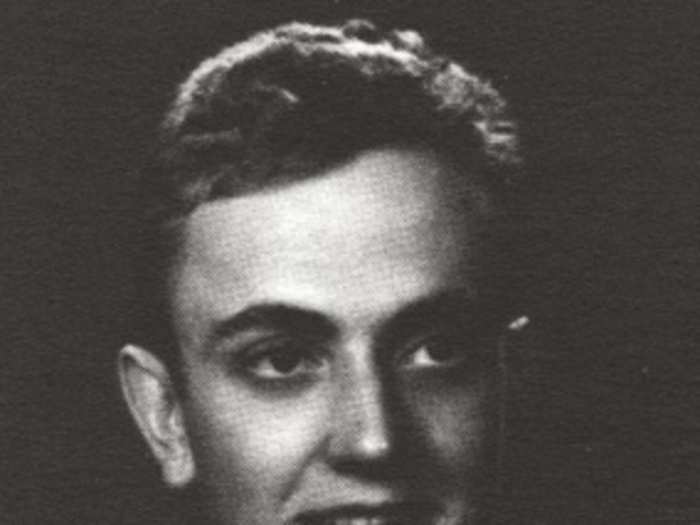
Those sections of "Slaughterhouse-Five" about the Allied firebombing of Dresden drew from personal experience.
Captured during the Battle of the Bulge in late 1944, Vonnegut was confined in a German prisoner-of-war camp near the city during the February 1945 aerial campaign. Some view the novel as an extended metaphor for what is now recognized as post-traumatic-stress disorder.
Vonnegut received a Purple Heart for his service in World War II, along with three bronze service stars. The horrors he witnessed as an infantryman and POW would feed the simultaneously jaundiced and uncannily heartfelt view of humanity on display in novels like "Breakfast of Champions" and "Cat's Cradle."
JD Salinger participated in the D-Day landing.
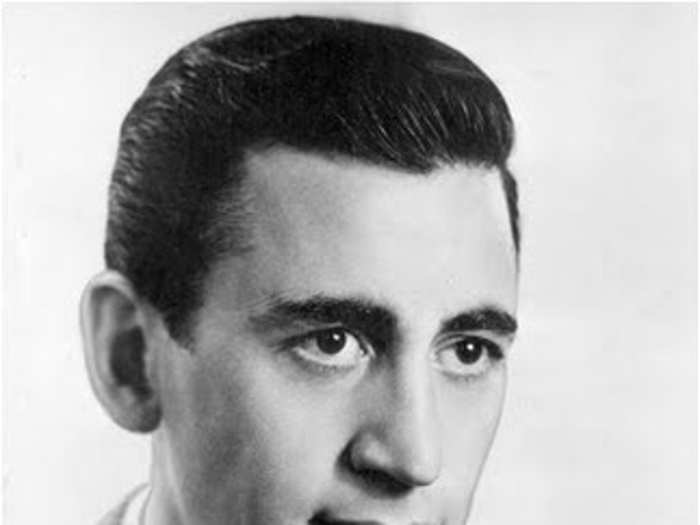
The author of "The Catcher in the Rye" landed on Utah Beach during the Normandy invasion, fought in the Battle of the Bulge, and liberated the Nazi death camps at Dachau.
While "Catcher" is perhaps the defining literary treatment of conformity and alienation in post-war American society, Salinger had actually been working on the novel during the war.
Sidney Poitier acted insane to find a way out of the Army.
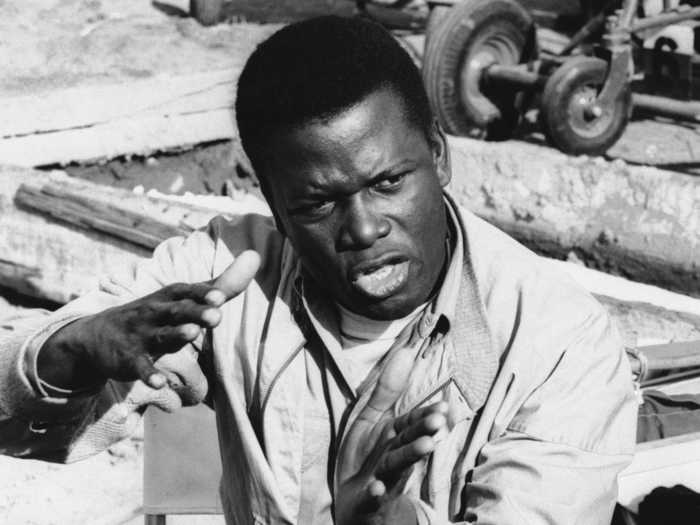
After moving from the Bahamas to the US as a teenager, Poitier had a hard time finding work. New York City's bitter winter temperatures were a drastic change of environment for the now Academy Award-winning actor.
So, in November 1943, at the ripe age of 16, he lied about his age and entered the Army.
According to the Los Angeles Sentinel, “The US Army literally took him in out of the cold.”
Poitier served as a medical attendant at a mental hospital in New York, but eventually grew tired of Army life. Instead of admitting his real age, he faked insanity, though he eventually came clean upon threat of shock treatments.
After talking to a psychiatrist for several weeks, Poitier was eventually granted release from the Army.
Clint Eastwood escaped from a sinking aircraft while serving in the Army.
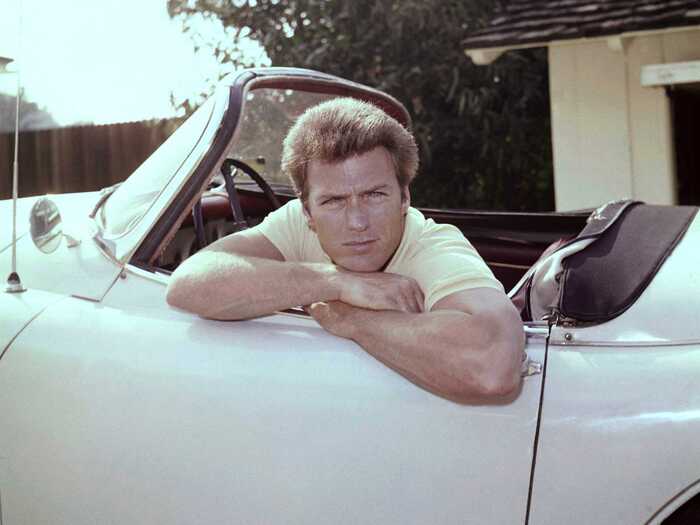
Before Clint Eastwood got his acting start in Western flicks, Clint Eastwood was in the Army during the Korean War.
Eastwood was a lifeguard and swimming instructor at Fort Ord, eventually being promoted to corporal.
One night in October 1951, Eastwood was on a Douglas AD-1 military aircraft that had departed from Seattle and was heading to Sacramento.
The plane's intercommunications system failed, forcing the aircraft to crash into the Pacific Ocean, two miles off Port Reyes. Though he had to swim to shore, Eastwood escaped serious injury.
"I thought I might [not] live. But then I thought, other people have made it through these things before," Eastwood said. “I kept my eyes on the lights on shore and kept swimming."
Jimi Hendrix's guitar playing often distracted him from his Army duties.
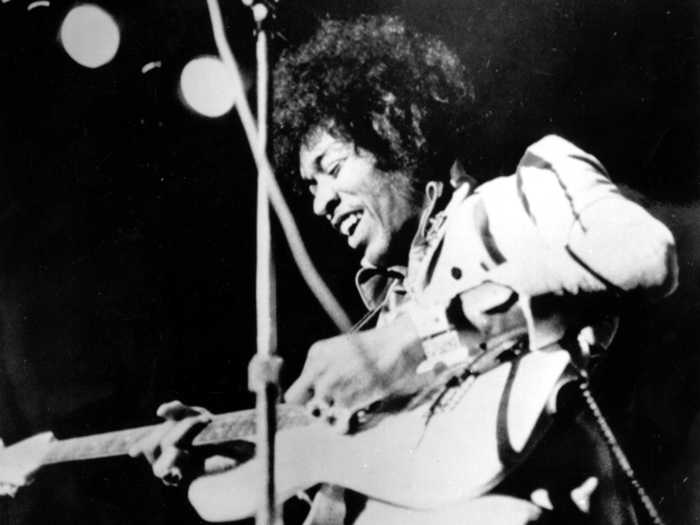
When authorities caught Hendrix riding in stolen cars in Seattle, they gave him two options — go to jail, or join the Army.
So, in 1961, Hendrix enlisted and was assigned the 101st Airborne Division in Kentucky.
Though Hendrix had some success — he was awarded the Screaming Eagles patch after completing paratrooper training — his constant guitar playing often kept him from his duties and drew criticism from fellow soldiers.
Hendrix was later discharged from the Army due to an ankle injury sustained in a parachute jump. The rest is rock 'n' roll history.
Jerry Garcia had a brief stint in the Army
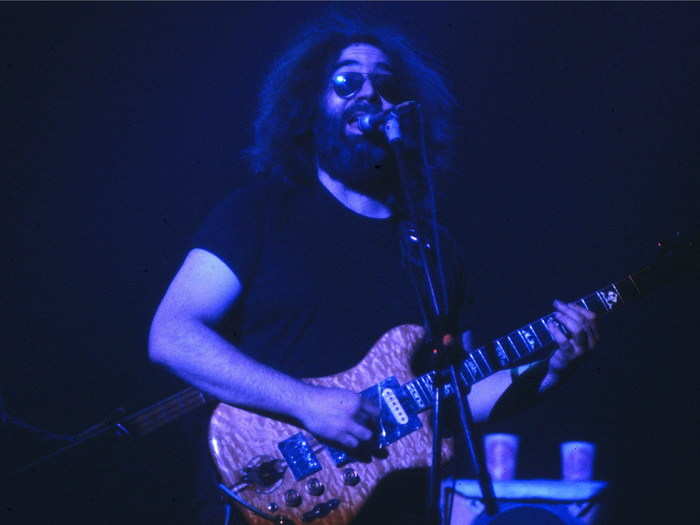
The founder of the greatest rock band of all time might have a had much different path in life if he hadn't received a general discharge for poor conduct nine months into an Army enlistment in his late teens — a stint that actually included basic training at California's Fort Ord.
Mel Brooks defused land mines while serving in World War II.
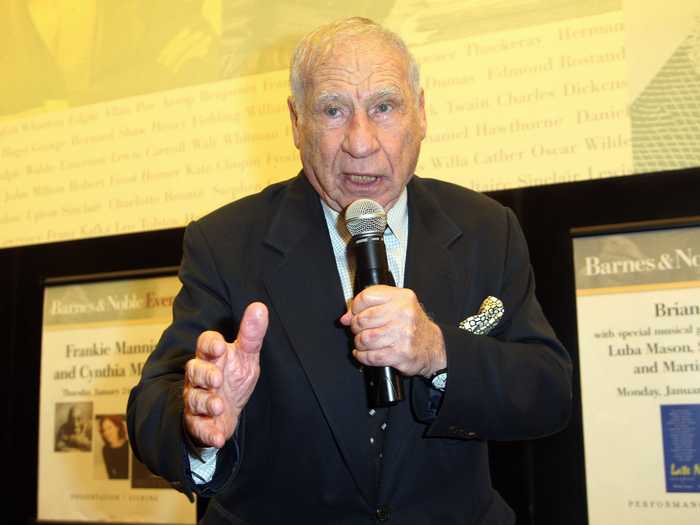
Writer and director Mel Brooks was attending high school in Brooklyn when he was first considered for the Army.
"I was 17 and the army came there and they took one look at me and they said, Melvin, you're our guy. They issued a test, the army specialized training reserve program test. If you pass this test, I think it was like how much is one and one, you know?" he said. "And I nearly failed because I said, well, side by side they're 11, but they took me anyway."
Thereafter, he attended the Army Specialized Training Program at the Virginia Military Institute.
He served in the US Army as a corporal during World War II, a service that had him defusing land mines and fighting in the Battle of the Bulge.
Pat Sajak was a disc jockey for armed forces radio.

The "Wheel of Fortune" host joined the US Army in 1968, first working as a finance clerk in Vietnam and then as a disc jockey for 18 months on armed-forces radio.
On The Military Channel's "An Officer and a Movie," Sajak later admitted to accidentally botching President Nixon's 1969 Christmas broadcast to the troops, cutting it off too early.
Alan Alda served in the military years before he got the lead part in Korean War-set "M*A*S*H."
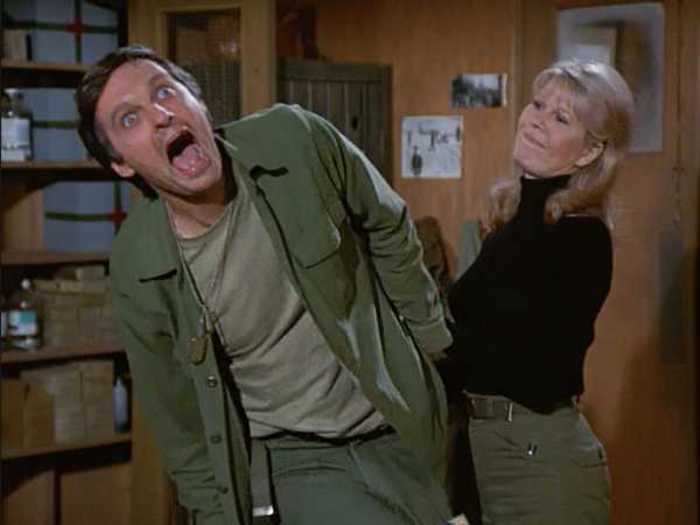
Long before Alan Alda had the fictional role as Hawkeye Pierce in "M*A*S*H," a CBS series about a team of medical staff stationed at a surgical hospital in South Korea during the Korean War, he had his own real-life military experience.
After serving in Fordham University's Reserve Officers' Training Corps, he found his way into the Army Reserve, where he was deployed for six months.
Alda later spoke to Southern Connecticut State University about his stint in the military, saying, "They had designs of making me into an officer but, uh ... it didn't go so well. I was in charge of a mess tent. Some of that made it into the show."
Leonard Nimoy
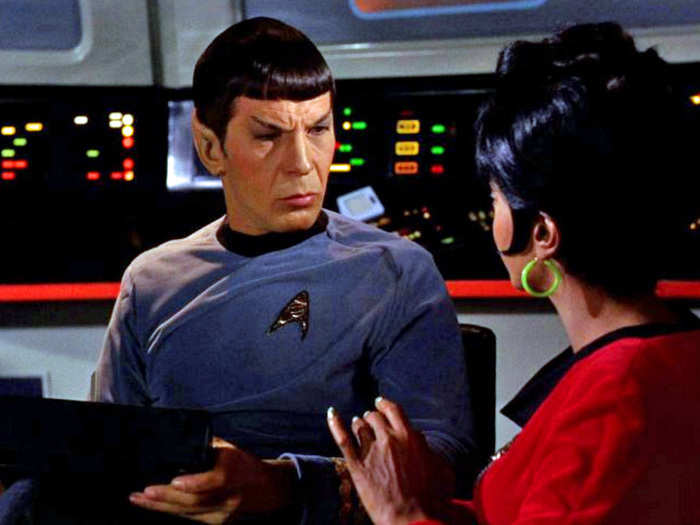
Long before he played the greatest Starfleet officer of all time and directed the immortal "The Voyage Home" Leonard Nimoy spent 18 months in the Army reserve.
According to Military.com, Nimoy achieved the rank of sergeant and spent much of his army service "putting on shows for the Army Special Services branch which he wrote, narrated, and emceed."
During his service, Nimoy appeared in a Marine Corps instructional video that provides an interesting glimpse into how the military of the 1950s dealt with "combat fatigue" among its soldiers, a condition now called post-traumatic-stress disorder.
Popular Right Now
Popular Keywords
Advertisement